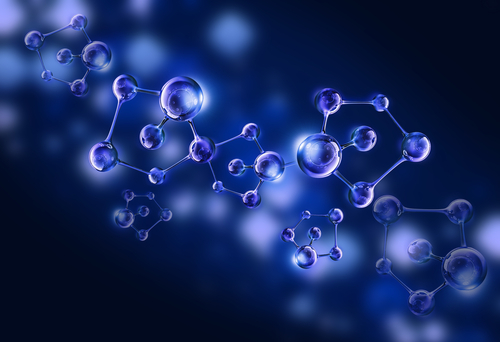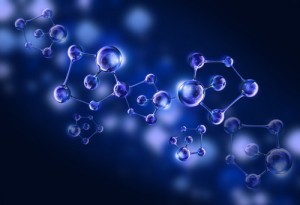Researchers Discover Ranolazine May Be a Viable PAH Therapy

 A new study published in August’s issue of Cardiovascular Research, entitled “Ranolazine prevents INaL enhancement and blunts myocardial remodeling in a model of pulmonary hypertension” suggests ranolazine (RAN) as a potential therapeutic agent in the treatment of PAH pathology.
A new study published in August’s issue of Cardiovascular Research, entitled “Ranolazine prevents INaL enhancement and blunts myocardial remodeling in a model of pulmonary hypertension” suggests ranolazine (RAN) as a potential therapeutic agent in the treatment of PAH pathology.
Pulmonary arterial hypertension (PAH) is a result of high blood pressure in the arteries that supply the lungs, causing their walls to thicken, which makes the heart work harder in order to pump blood. In cases where pressure levels are too high, ultimately the heart can’t keep up and less blood is carried through the pulmonary arteries leading to oxygen deficits and symptoms of dizziness and shorts of breath.
[adrotate group=”4″]
In the heart, blood travels through the right ventricle (RV) to the lungs via the pulmonary arteries. PAH induces a high-pressure load causing RV-hypertrophy and myocardial remodeling (i.e. changes in size, shape, structure and physiology of the heart to accommodate the increased pressure).
Previously, it was suggested that an increase of the late sodium current (INaL), may result from hypertrophic remodeling.
Sodium channels conduct sodium ions (Na+) through the plasma membrane of excitable cells, as cardiac myocytes. The heart beat, i.e. contraction and relaxation of heart muscle cells depends on the regulated electrical impulses created while ions, such as Na+, pass through their channels within the cells’ membrane.
[adrotate group=”3″]
In this study, the team of scientists proposed to understand whether PAH-induced myocardial remodeling leads to the enhancement of INAL and if treatment with ranolazine (RAN), a clinically available INaL blocker, could prevent late Na+ increase and PAH- induced myocardial remodeling. The study results showed that RAN administration blocked INaL enhancement completely and significantly decreased PAH- induced remodeling. Hence, this results support Ran’s therapeutic potential as a treatment for PAH associated pathology.
Given the high unmet needs of therapeutic options for people with PAH, these new findings could lead to a new iteration of therapies that could help to treat the underlying causes of the disease.







